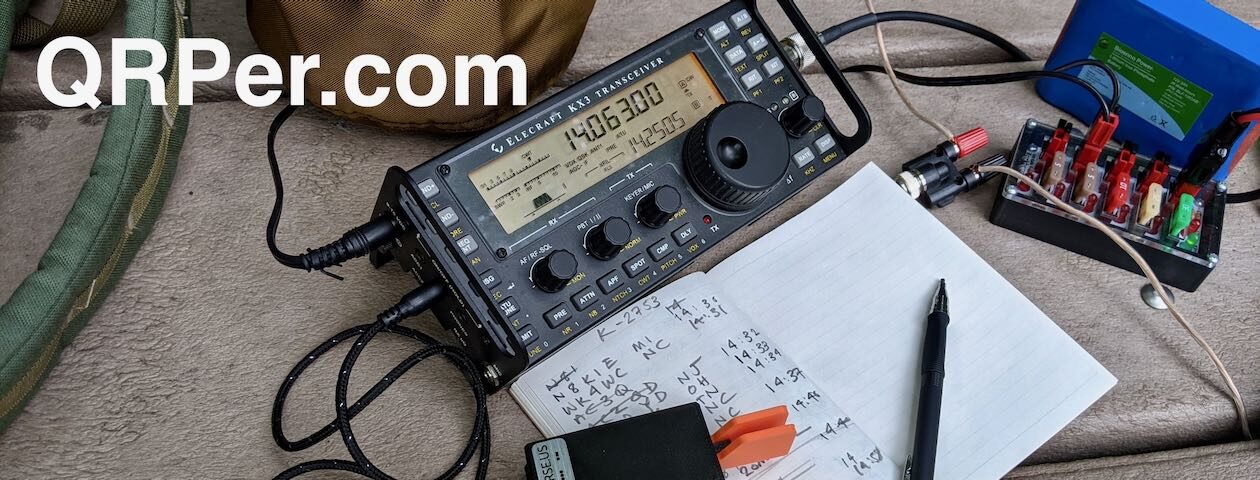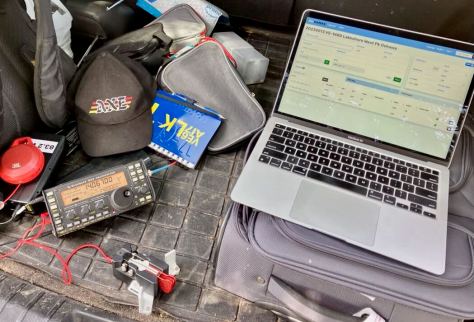by Vince (VE6LK)
(As is Vince’s usual, this article has a bunch of links – click on as many as you wish for the full experience)
Before I go too far into this topic, I wish to first offer hearty congratulations to Thomas Witherspoon for having one thousand posts on QRPer.com! Woo-Hoo!
Do you pack a Radio Field First Aid kit?
On my recent trip to VE3-land I had a few opportunities to practice set-up with my gear–away from the safe place that is my truck–to ensure I’d brought everything for my trip to Hamvention and activations along the way. I did forget an audio cable, however a visit to a local dollar store solved that problem inexpensively.
So, unless you pack two of everything -because two is one and one is none– you should expect that something’s going to fail or break along the way. What you never know is when or how that’s going to happen. I wouldn’t be writing this story if it had not happened to me before.
This time it was on a Sunday outing to VE-1512, the McLaughlin Bay Reserve Wildlife Area in Oshawa Ontario and far away from the comforts of my shop at home. Tucked away not far off of the 401 Highway, this nature reserve is a calm and peaceful oasis just minutes from urban life. I saw kayakers, hikers and trail runners during my visit.
Setting up my Comet HFJ-350M, I added the jumper cable to set the antenna for 20m and then I started to push the antenna down into the ground onto the stake. And that’s when my hand slipped and I broke the jumper cable connector, busted off in the hole.

For the inquisitive among you, my inner potty mouth made a brief outward appearance, ahem. Continue reading Are you prepared for Radio First Aid?















































